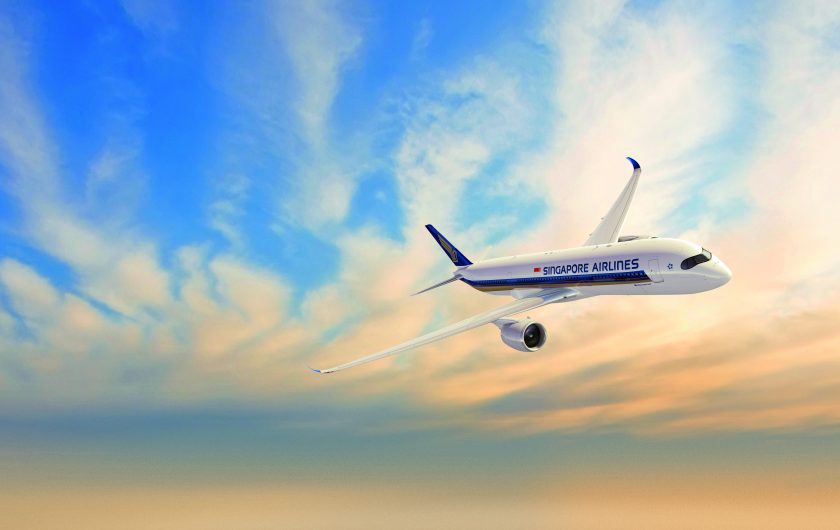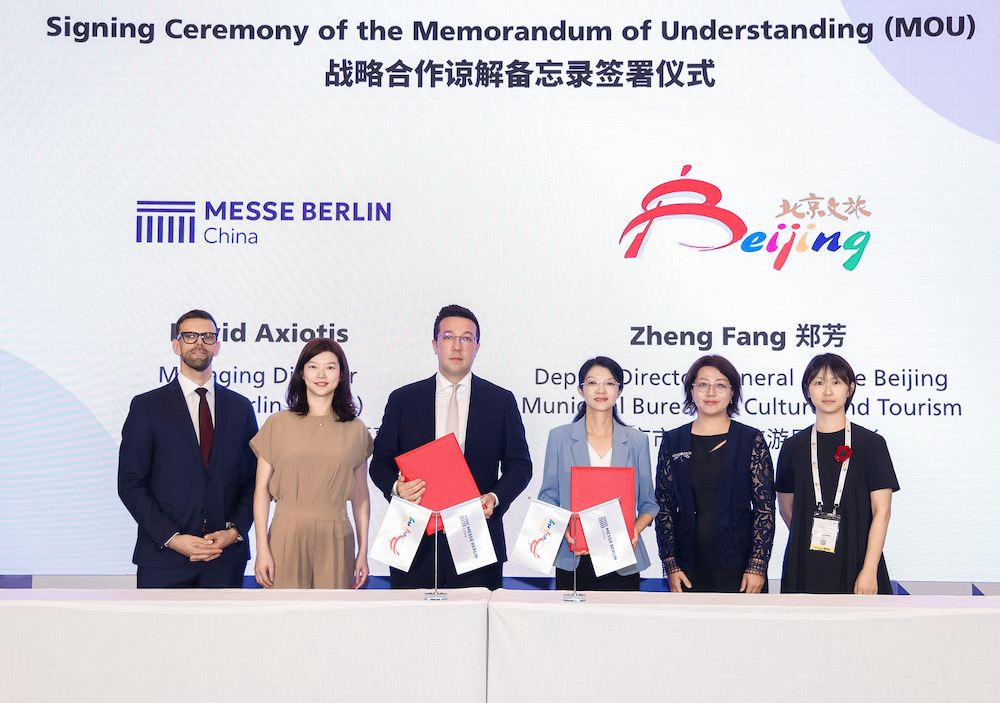PLANS to establish a travel bubble between Hong Kong and Singapore have been praised as a breakthrough in restoring confidence in the airline and tourism industries, but experts also caution that the scheme must first serve as a trial run.
Analysts have pointed out that Singapore has been more aggressive than its fellow Asian airline hub in pursuing green lanes with five other countries in a bid to restart essential travel, but the newly announced scheme has been welcomed overall in both destinations.
Aviation and travel have been severely hit by the Covid-19 downturn and the October 15 announcement of a special lane between the two cities is believed to be the first “travel bubble” of its type in the world with the other being a one-way route between New Zealand and Australia.
More… HK-Thailand to hold travel bubble talks
“We have the framework ready to facilitate travel between both sides – but the type of Covid testing would have to be worked out and how many times passengers would have to go through this bit,” Ronald Wu, chairman of the Hong Kong Association of Travel Agents, told radio station RTHK.
Air fares between the two destination have surged since news of the link being established. There is also concern about the additional costs of taking Covid tests at either destination.
Wu said travel agents expected the first wave of people using the ‘green lane” would be business travellers and those on family visits or education. He said it would also act as a model for bubbles with other destinations as Hong Kong authorities were in discussion with 11 jurisdictions to set up ways of easing travel restrictions.
“It’s needed to set a good example of what we can do with other countries such as Thailand and Malaysia so other [destinations] would be comfortable in being added into the bubble allowing travelling between countries,” he said.
Macau-Guangdong travel bar eased
Wu said Singapore Airlines was commencing 10 flights a week to Hong Kong following the announcement.
“As soon as we get this first example done really well, then other countries would join the process easier.”
Brian King, professor of tourism at Hong Kong Polytechnic University, said the travel trade was of a “pretty unanimous view that this is a good start and – I guess – saying, well done to the two authorities for getting to this stage”.
No transit passengers will be permitted on the flights, ensuring tighter control and tracing of passengers at either side.
Singapore to allow larger events
King said the scheme would allow the development of more trade partnerships, with the two main airlines – SIA and Cathay Pacific – having a “dedicated service to a whole group of the population”.
“It’s also not asking people to justify why they are travelling. It doesn’t have to be for business and personal reasons – that gets us a little close to the freedom of movement idea,” King told RTHK’s Backchat show.
“The number of people taking it up will be relatively modest as it’s a pilot. In other places this model may not be quite perfect, but it allows airlines and tourism boards to develop a mutual understanding.
“We need to get people excited by the prospect of booking travel – and for Asia it’s certainly a good start.”
Any comments on this story? Write them in the reply box below…



